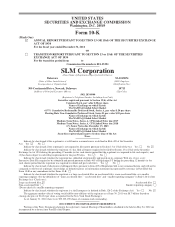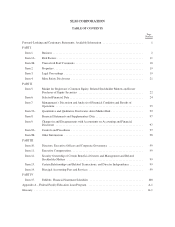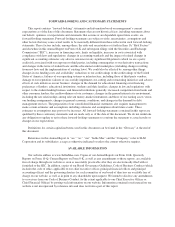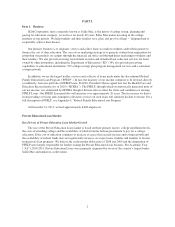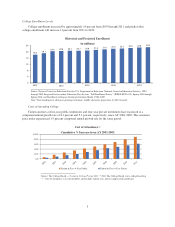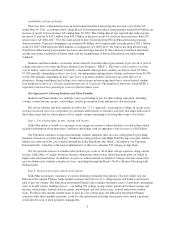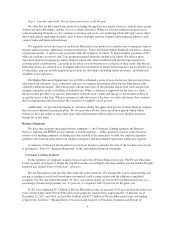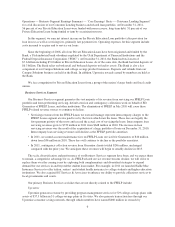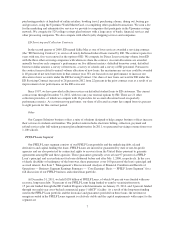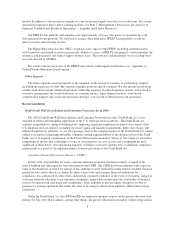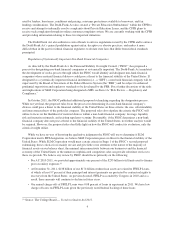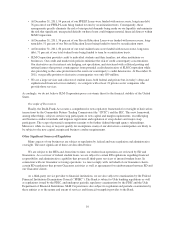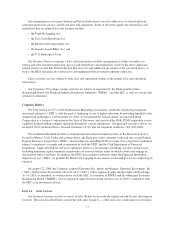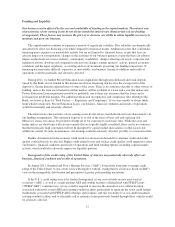Sallie Mae 2011 Annual Report Download - page 4
Download and view the complete annual report
Please find page 4 of the 2011 Sallie Mae annual report below. You can navigate through the pages in the report by either clicking on the pages listed below, or by using the keyword search tool below to find specific information within the annual report.PART I.
Item 1. Business
SLM Corporation, more commonly known as Sallie Mae, is the nation’s leading saving, planning and
paying for education company. As we have for nearly 40 years, Sallie Mae makes investing in the college
graduate its top priority. We help students and their families save, plan, and pay for college — helping them to
responsibly achieve their dreams.
Our primary business is to originate, service and collect loans we make to students and/or their parents to
finance the cost of their education. The core of our marketing strategy is to generate student loan originations by
promoting our products on campus through the financial aid office and through direct marketing to students and
their families. We also provide servicing, loan default aversion and defaulted loan collection services for loans
owned by other institutions, including the Department of Education (“ED”). We also provide processing
capabilities to educational institutions, 529 college-savings plan program management services and a consumer
savings network.
In addition, we are the largest holder, servicer and collector of loans made under the discontinued Federal
Family Education Loan Program (“FFELP”). In fact, the majority of our income continues to be derived, directly
or indirectly, from our portfolio of FFELP loans. In 2010, President Obama signed into law the Health Care and
Education Reconciliation Act of 2010 (“HCERA”). The FFELP, through which we historically generated most of
our net income, was eliminated by HCERA though it did not alter or affect the terms and conditions of existing
FFELP Loans. Our FFELP Loan portfolio will amortize over approximately 20 years. The fee income we derive
from providing servicing and contingent collections services on such loans will similarly decline over time. For a
full description of FFELP, see Appendix A “Federal Family Education Loan Program.”
At December 31, 2011, we had approximately 6,600 employees.
Private Education Loan Market
Key Drivers of Private Education Loan Market Growth
The size of the Private Education Loan market is based on three primary factors: college enrollment levels,
the costs of attending college and the availability of funds from the federal government to pay for a college
education. If the cost of education continues to increase at a pace that exceeds income and savings growth and
the availability of federal funds does not significantly increase, we expect more students and families to borrow
from private loan programs. We believe the credit market dislocation of 2008 and 2009 and the elimination of
FFELP were largely responsible for lenders exiting the Private Education Loan business. For Academic Year
(“AY”) 2010-2011, Private Education Loans were primarily originated by seven of the country’s largest banks,
Sallie Mae and numerous credit unions.
2

